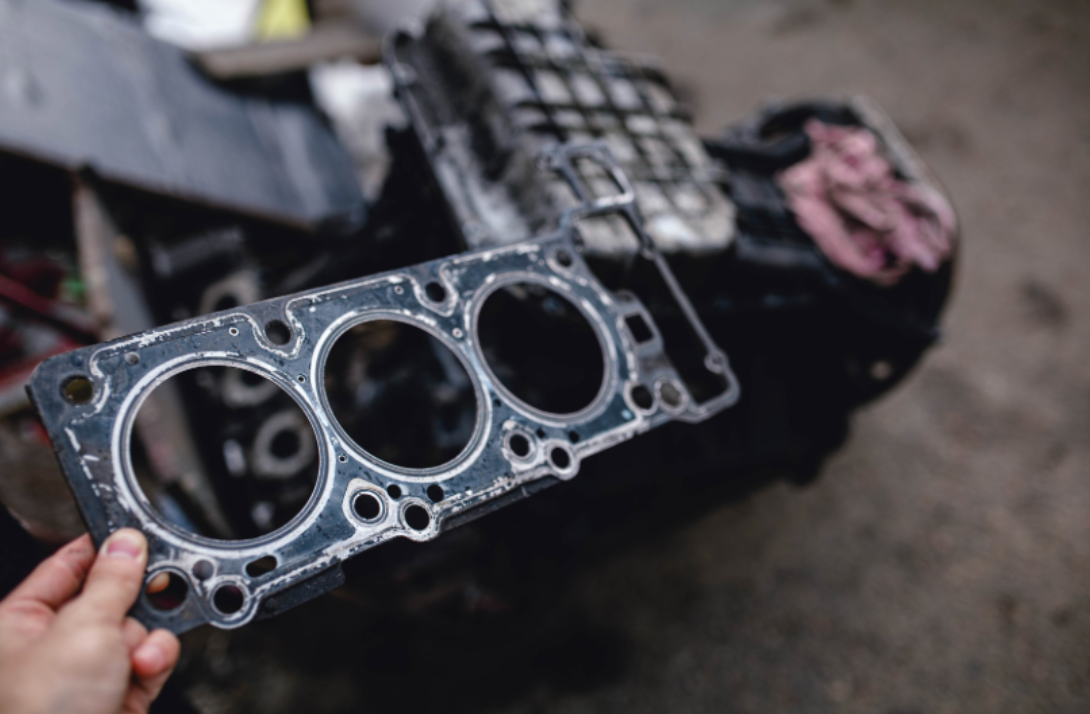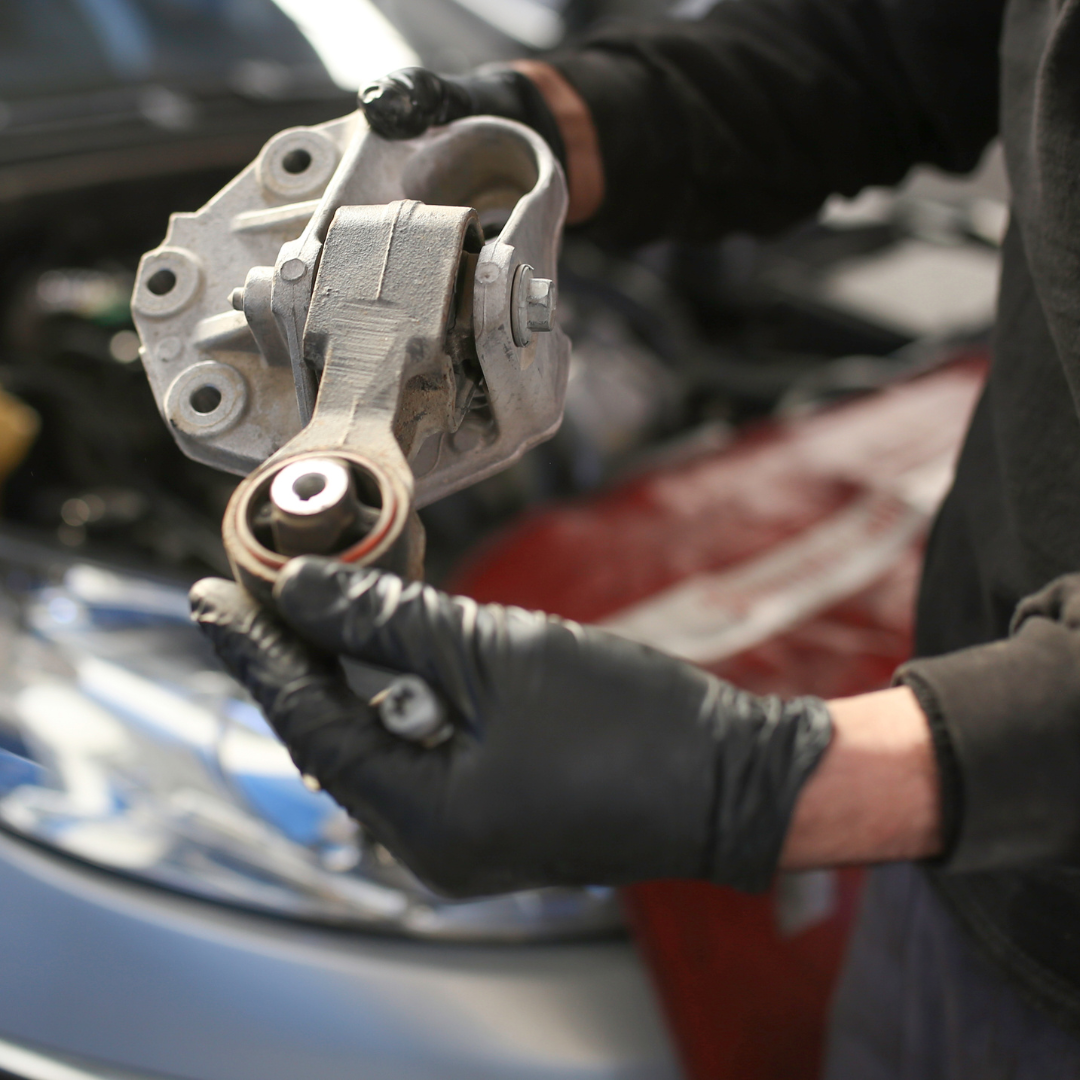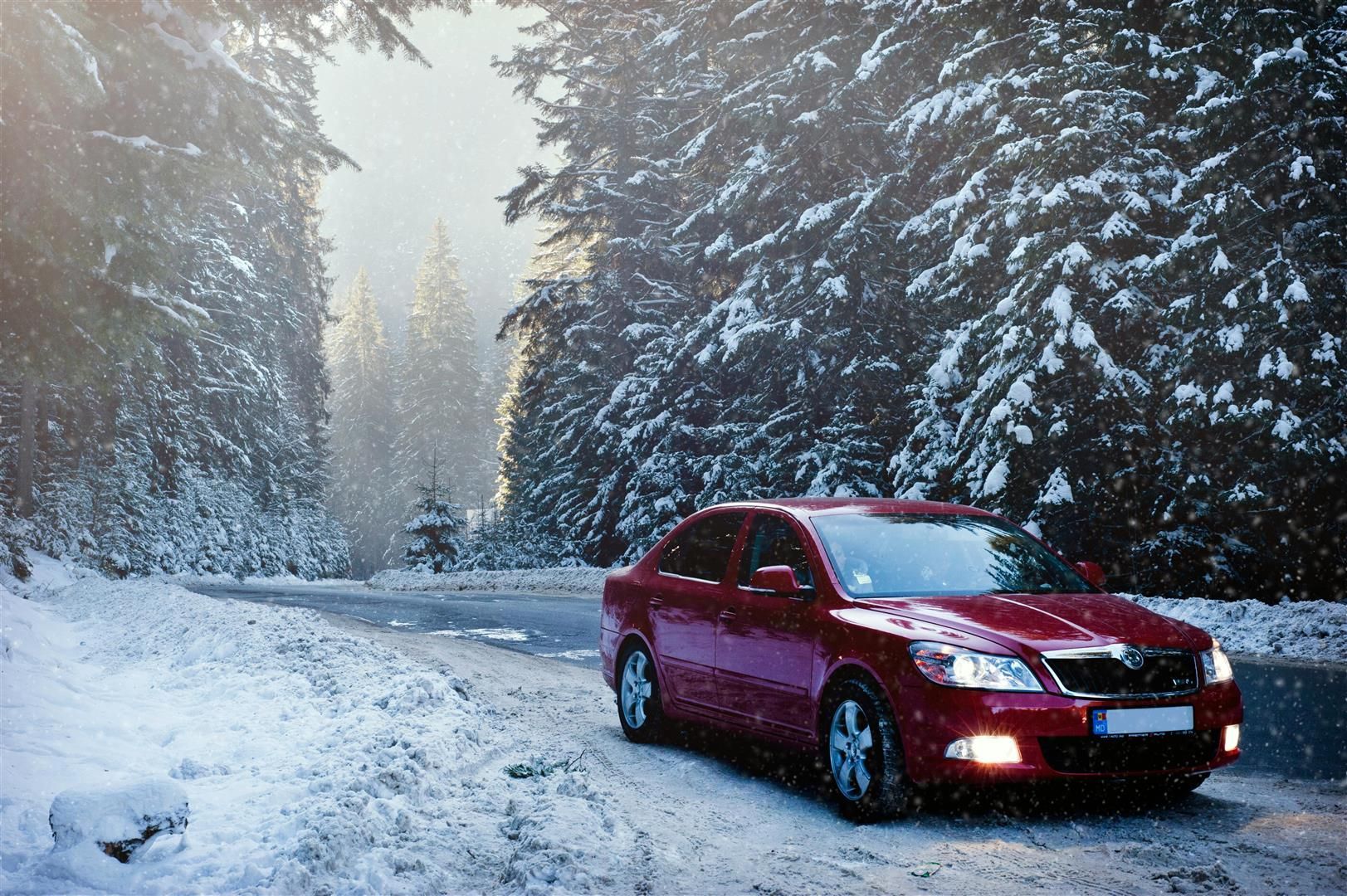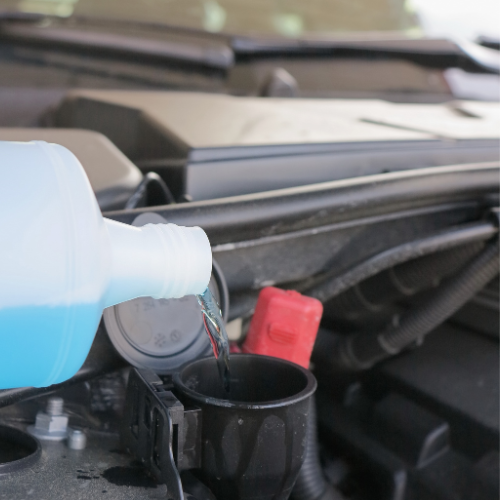Heat can tend to intensify the strain on your vehicle, threatening its performance, safety, and lifespan. At Walt's Auto Service, we understand the importance of tackling overheating issues and are dedicated to helping you maintain your car's cooling system in peak condition. Our experienced technicians are ready to assist you with comprehensive checks and services, ranging from inspecting the coolant levels to evaluating the radiator and water pump for proper functioning. By taking proactive steps against overheating, you can ensure a smooth and worry-free driving experience throughout the sizzling summer. Adequate maintenance and quick response to overheating can help your vehicle remain safe, efficient, and reliable, even under the intense summer heat. Follow our essential tips on what to do when your car overheats to navigate your summer journeys confidently. And remember, regular maintenance and inspections at Walt's Auto Service are crucial for detecting potential issues early and preventing costly repairs.
When the temperature gauge on your dashboard starts to rise, or the "Check Engine" or "Temperature" warning light comes on, it's a clear sign that your car may be overheating. This is a serious condition that warrants immediate attention. Why? Because an overheating engine can lead to various significant problems, including severe engine damage, that can be costly to repair and leave your vehicle unusable. Engines run hot, but they're designed to maintain an optimal temperature range thanks to the cooling system, which disperses heat away from the engine. The heat rises when this system fails for several reasons, such as a leak, blocked radiator, faulty thermostat, or a damaged water pump. This excess heat can cause the engine's metal parts to expand to the point where they can warp and suffer permanent damage. In extreme cases, an overheating engine may even cause a head gasket to blow or crack the engine block.
Safely Pull Over : As soon as you notice signs of overheating, your immediate action should be to find a safe place to pull over. It's critical to remain calm and think clearly despite the stress of the situation. Don't abruptly slam on the brakes or try to make an unsafe turn off the road. Instead, use your turn signals to communicate your intentions to other drivers and carefully navigate your way to a safe place off the road. This could be a designated rest stop, a parking lot, or a wide spot on the shoulder of the road. Once you're safely off the road, turn off your vehicle to stop the engine from running and generating more heat. It's essential to assess the situation then. You should note any visible problems like steam or smoke from under the hood, leaks beneath the car, or warning lights on the dashboard.
Turn Off the AC and Turn On the Heater: When you notice your car overheating, one immediate countermeasure you can take is to turn off the air conditioner (AC) and turn on the heater. At first glance, this advice may seem counterintuitive—after all, when your car is overheating, why would you want to add more heat to the equation? Let's start by understanding the ACs and the heater's roles in your car. The AC system operates by removing heat from inside the vehicle and dissipating it outside, but this process requires significant energy provided by the engine. As such, when the AC is on, it places additional strain on the engine, causing it to produce more heat. When your car is already at risk of overheating, this additional burden can exacerbate the problem. So, the first step is to turn off your AC. Now, why would you want to turn on your heater? The heating system in a vehicle works by drawing heat from the engine's coolant. The hot coolant passes through a device called a heater core, which is a mini-radiator. As the heater fan blows over the heater core, it draws away heat from the coolant and channels it into the vehicle's cabin. By turning on the heater, you're effectively giving the heat from the overheating engine an additional escape route, helping to bring down the engine's overall temperature.
Let the engine Cool: An overheating engine creates a high-temperature environment. Directly following overheating, the engine, radiator, and coolant inside them can reach dangerous levels of heat. It's crucial to allow the engine to cool down entirely before investigating the issue or attempting any fixes. Opening a hot radiator cap is particularly dangerous. Opening the radiator cap at this stage can cause hot coolant and steam to eject forcefully, leading to severe burns. The cooling down process might take time - often 30 minutes or longer - but it's a vital step to ensure your safety. Always let the engine cool down naturally; don't attempt to speed up the process by pouring cold water, as this can lead to engine parts warping due to sudden temperature changes. Patience and caution are essential in the cool-down process.
Check and Refill Coolant: Coolant, a mixture of antifreeze and water, is a vital fluid that absorbs heat from the engine and disperses it through the radiator. When your car has cooled down after overheating, it's crucial to check the coolant level. This can be done by checking the markings on the side of the coolant reservoir. Low coolant level is a common cause of overheating, as there's insufficient fluid to absorb and disperse the engine's heat effectively. If low, refill the reservoir with a 50/50 mixture of water and antifreeze. Remember to use the appropriate type of antifreeze for your vehicle; different cars require different types. While this can help reduce the engine's temperature in the short term, it's not a long-term solution. If the coolant was low, it likely indicates a leak or another issue in your cooling system that needs addressing.
Get Professional Help: If your car continues to overheat or if you notice coolant leaking, it's critical to get professional help. Persistent overheating may signify more severe problems, such as a damaged radiator, malfunctioning water pump, or a clogged coolant system. Trusted auto service providers, like Walt's Auto Service, have skilled technicians equipped to diagnose and fix these complex issues. They can conduct a thorough inspection, identify the root cause of the overheating, and implement the necessary repairs or part replacements. Attempting to drive a persistently overheating vehicle can lead to severe engine damage, turning a potentially simple fix into a costly repair. It's safer to have your car towed to the service center if necessary. Remember, professional help is invaluable when dealing with car troubles. They can offer comprehensive solutions, ensuring your vehicle's longevity and optimal performance.
Walt's Auto Service is the go-to destination for reliable auto repair solutions, staffed by highly skilled mechanics you can depend on. Over the years, we have built a reputation as one of the most dependable auto repair shops in Torrance and neighboring regions, including Hermosa Beach, Redondo Beach, Manhattan Beach, Palos Verdes, Hawthorne, Carson, Lomita, and Gardena. This trustworthiness is built on our core values of honesty, integrity, and fairness. As an AAA-certified establishment, we take immense pride in providing our customers with top-tier auto services backed by an industry-leading 3-year/36,000-mile warranty, in-house and nationwide - the best in the South Bay area. When seeking expertise, attention to detail, and clear, honest communication, look no further than Walt's Auto Service.
To schedule your visit, make an appointment or call us ! You can find us at 340 Van Ness Ave, Unit A, Torrance, CA 90501.











